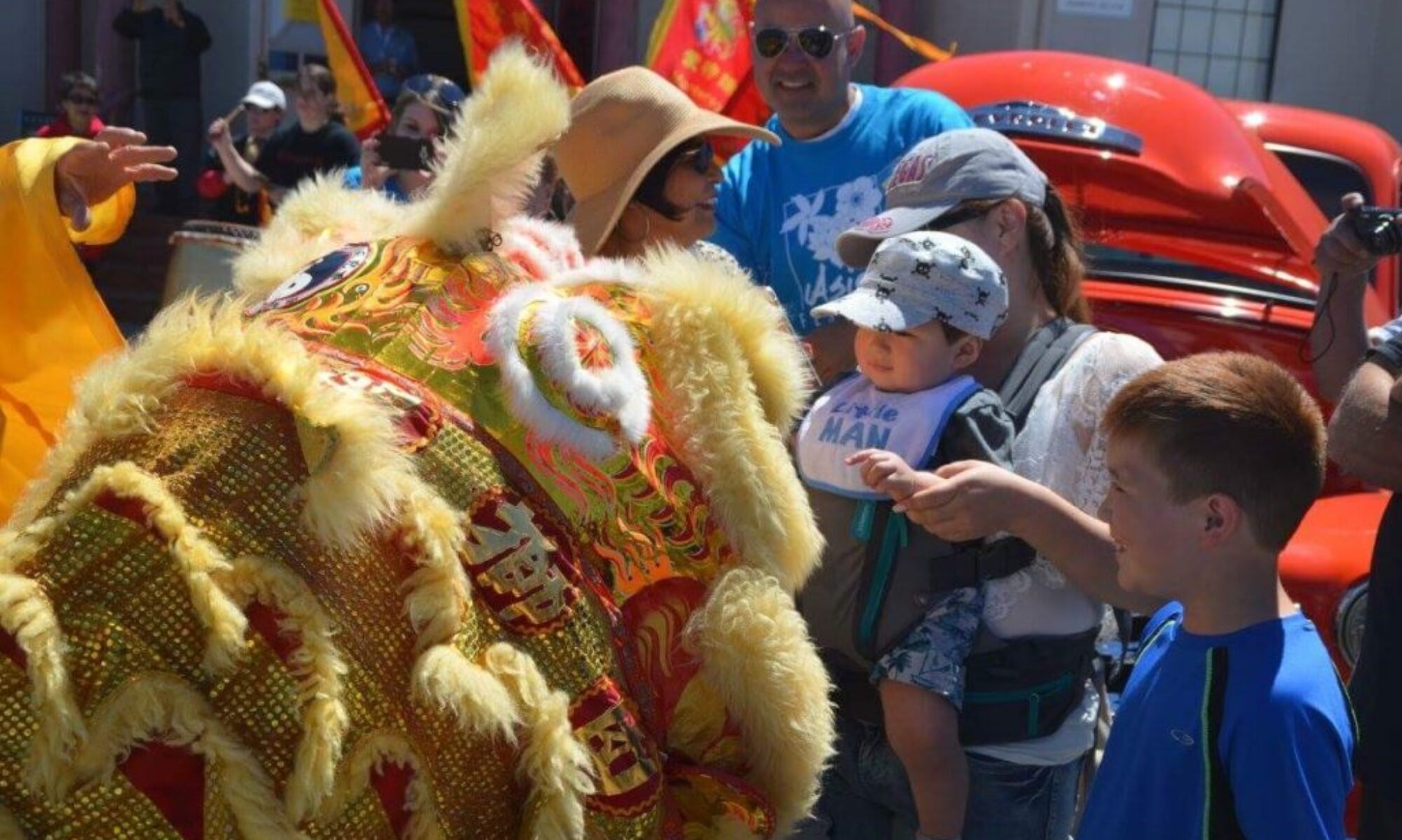
Our Story
Salinas Chinatown is an historical “gold mountain.” Established by Chinese merchants on Soledad Street in 1893 after the first Chinatown (founded in 1872) burned down, Salinas’ Chinatown is the largest, active Chinatown between San Francisco and Los Angeles. It is an important crossroads in California immigrant history.

Salinas Chinatown was home to successive waves of immigrant laborers that formed the backbone of California’s agricultural economy: Chinese in the 1860s, Japanese in the 1890s, Filipinos in the 1920s, and Mexican “braceros” in the 1940s.

These ethnic communities coped with marginalization and discrimination as they coexisted and sought to establish homes and livelihoods as immigrant laborers and merchants. As these communities dispersed with urban renewal beginning in the late 1950s, Chinatown suffered deterioration. Thriving businesses closed and buildings were boarded up.

Today, only a handful of the historic buildings remain intact, including the Republic Café. Built in 1942 by the Ahtye and Chin Bow families, the Republic Café restaurant provided a gathering place for the Chinese, Japanese, and Filipino communities to celebrate their cultural heritage. It was one of the last active businesses in Chinatown before closing in 1988 and remains an iconic structure, symbolic of Chinatown’s vibrant history. In 2011, the Republic Café was listed in the National Park Service’s National Register of Historic Places. Much of the interior infrastructure remains intact, and ACE envisions refurbishing the building to its original state, eventually turning the Republic Café into a museum and cultural center.


Salinas Chinatown embodies a ‘root’ California story that is little known within and outside the local community. If walls could speak, this rundown neighborhood on the other side of the railroad tracks from Main Street would tell a rich multi-ethnic story of agricultural development, labor movements, daily life and night life, celebrations and struggles, collaboration and tension, discrimination and solidarity. The story of Chinatown’s past gives insight into contemporary struggles around immigration, integration, and socio-cultural marginalization, through the persistence of inter-ethnic ties and collaboration in the present. This is the story that ACE lives to tell.



Hi, who are the Cantonese Royal family who still owned building’s in Salinas Chinatown up until year 2018?
The last name ?thank you
Hello, Heather. I don’t know of a “Cantonese Royal family” who owned buildings in Salinas Chinatown. The Ahtye family owned several buildings on Soledad St.
Beautiful site! Thanks Jean Vengua.